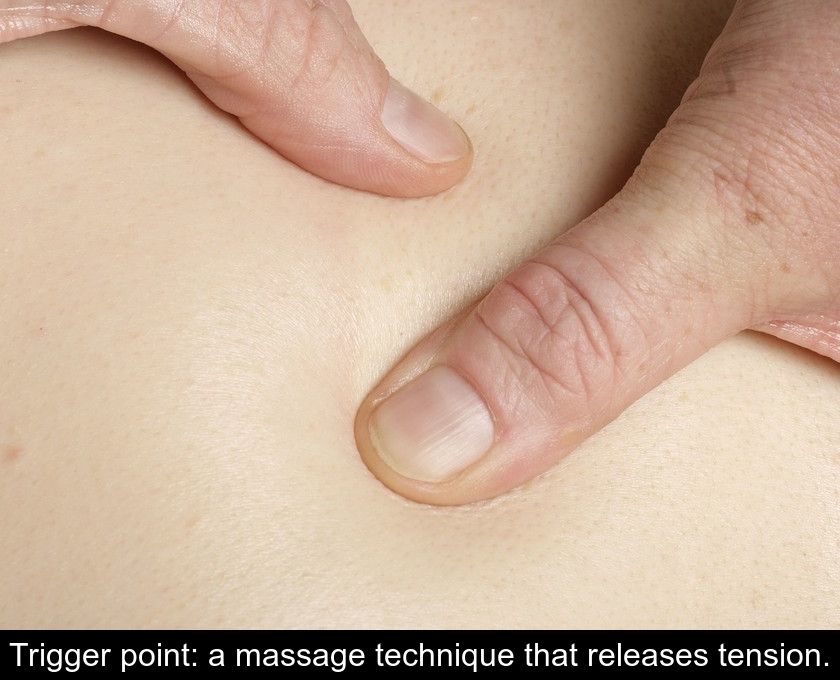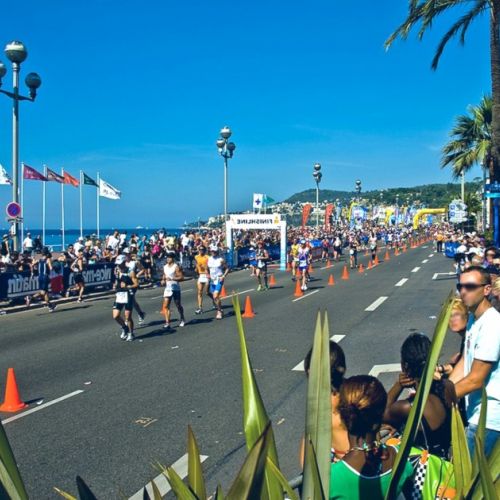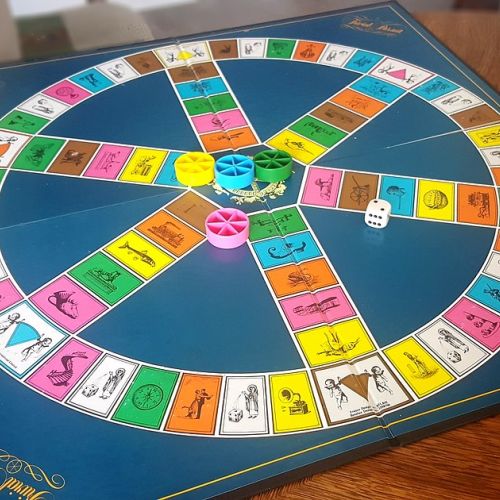Trigger Point: A Massage Technique That Releases Tension.
If you regularly suffer from muscle tension in your back or neck, for instance, you've already experienced a trigger point... without knowing it! This term refers to an extremely common phenomenon, namely a muscle knot. We will explain how massaging or self-massaging trigger points can help alleviate your muscle pain.
What is a trigger point?
The "trigger point" is an English term that can be literally translated as "trigger point" or "trigger zone." This term is used by physiotherapists and osteopaths to refer to an area of muscle tension.
When these points are stimulated, they "trigger" known or latent pain. That's why we differentiate between "active trigger points" and "latent trigger points."
How to recognize a trigger point?
A trigger point is a muscle knot that can lead to various symptoms:
- Pain felt during certain movements, or even the inability to perform certain movements due to a loss of joint range.
- Spontaneous pain when pressing on the area or even constant pain, including at rest.
- The appearance of a small hard lump to the touch, but this is not always the case.
When performing a massage or self-massage, trigger points are identified by their hardness to the touch. They can form a painful "knot" or lump under the skin, but this is not always the case as they can sometimes be even smaller.
They are easy to locate by palpation because a simple pressure is enough to trigger pain, hence their name as trigger points.
What are the causes of a trigger point?
Trigger points are muscular contractures that form at the level of muscle fibers. As the human body is composed of over 40% muscle, these painful spots can appear in very diverse areas.
Unlike a spasm, which causes the whole muscle to contract, a trigger point is a contracture limited to a small area within the muscle. One should imagine that the muscle fibers or myocytes are like a network of cables around the skeleton. The trigger point lodges itself on one of these fibers, which remains contracted and fails to return to its original length.
The causes of the phenomenon can be multiple:
• Mechanical causes such as poor posture or poor ergonomics at one's workstation.
• Trauma or repeated micro-traumas, associated with repetitive movements.
• Psychological causes like stress or lack of sleep.
To avoid the development of a trigger point and prevent pain, one should always:
• Warm up before physical activity.
• Ensure to adopt a good posture at work.
• Maintain muscular and joint flexibility through physiotherapy exercises, fitness, or yoga.
• Gently stretch after physical activity.
4- What are the consequences of a trigger point?
A trigger point often presents as pain, but that is not the only possible symptom. This area of muscle tension can also cause other sensations such as tingling, numbness, hypersensitivity, or a burning sensation.
In the case of latent trigger points, the individual does not complain of pain in the affected area. However, they may suffer from referred pain, which occurs away from the trigger point. These areas of muscle tension can thus lead to headaches, jaw pain, neck pain, or lower back pain, even though the trigger point is not located where the person feels pain.
Trigger points can also cause stiffness, reduced mobility, and muscle weakness.
How to perform a trigger point massage?
When tensions build up in your back or another part of your body due to your job, it might be necessary to see an osteopath or a physiotherapist to relieve your pain and regain mobility.
Self-massage of trigger points is another solution for daily pain relief while waiting for your next physiotherapist appointment. This technique is effective but not a pleasant experience! As we mentioned before, trigger points are painful when pressed. Therefore, you have to be willing to "hurt yourself" to get some relief.
To find the trigger points, simply palpate your muscles and trust your own perception of pain. There is no universal map of trigger points as there is in acupressure or acupuncture!
The correct massage technique involves performing small circular movements on the trigger point. This slow and deep massage can be done with fingers, a tennis ball, or a massage roller.
For the tension area to relax, it may be necessary:
• to maintain pressure on the sore point for several seconds and up to a minute if possible.
• to perform several sets of circular massages.
• to gently stretch the area between sets.
• to repeat the operation several times throughout the day.
This type of massage not only helps to soothe pains such as tension headaches but also to relax knotted areas, thereby reducing stress levels.









